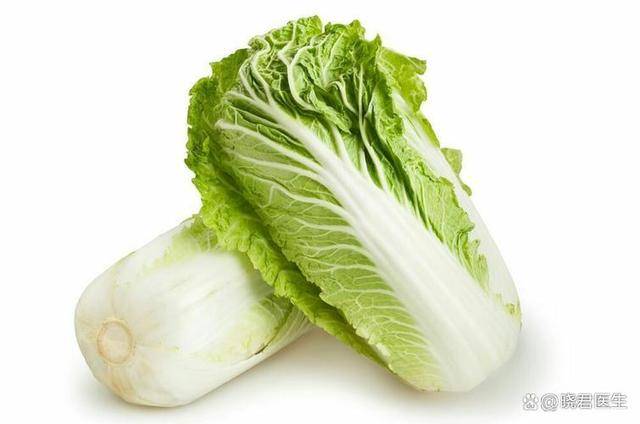With the accelerated pace of modern life, high blood sugar issues have gradually become a focus of public concern. Many patients, upon discovering their high blood sugar levels, will start paying attention to their dietary habits, hoping to control their blood sugar levels by adjusting their diet. During this process, there is a widely circulated belief: high blood sugar patients should eat less cabbage.
Is this belief accurate? Besides cabbage, what other vegetables should high blood sugar patients avoid? Let’s discuss this issue together.
Cabbage, as a common vegetable, is rich in nutrients, has a crisp texture, and is deeply loved by many people. However, some people believe that high blood sugar patients should eat less cabbage mainly because cabbage contains high levels of carbohydrates. Consuming too much cabbage may lead to a rise in blood sugar levels.
However, this belief is not entirely accurate. In fact, the carbohydrates in cabbage mainly exist in the form of dietary fiber, which can increase the food’s stay in the intestines, slow down sugar absorption, and thus help control blood sugar. Therefore, high blood sugar patients do not completely need to avoid eating cabbage, but they should pay attention to moderate intake and avoid overconsumption.
While cabbage is not an absolute taboo for high blood sugar patients, there are indeed some vegetables that may not be suitable for them due to their special nutritional composition or cooking methods. Doctors advise that, apart from cabbage, the following types of vegetables should also be avoided:
High-starch vegetables: such as potatoes, yams, and taro, these vegetables contain high starch levels. Consuming them excessively can quickly convert to sugar, leading to an increase in blood sugar levels. High blood sugar patients should reduce the intake of these vegetables or opt for low-starch alternatives.
Pickled vegetables: Pickled vegetables like pickles and sour cabbage, although unique in taste, contain a large amount of salt and additives, which are not conducive to blood sugar control. In addition, harmful substances such as nitrites may be produced during the pickling process, posing a potential threat to health.
Vegetables cooked with high-sugar methods: Some cooking methods like sweet and sour or braising can significantly increase the sugar content of vegetables. High blood sugar patients should avoid choosing these cooking methods and opt for low-sugar methods like steaming or making soups.
For high blood sugar patients, choosing the right vegetables is crucial. Here are some recommendations:
Increase the intake of leafy green vegetables: Leafy green vegetables such as spinach, kale, and celery are rich in dietary fiber and vitamins, which help control blood sugar and enhance immunity. High blood sugar patients should increase the consumption of these vegetables.
Choose low-starch, low-sugar vegetables: such as cucumbers, tomatoes, and eggplants, these vegetables have low starch and sugar content, making them suitable for consumption by high blood sugar patients.
Diversify vegetable intake: Different types of vegetables contain different nutrients. High blood sugar patients should diversify their intake of various vegetables to ensure balanced nutrition.
High blood sugar patients need to be extra cautious in their diet. Choosing the right vegetables is vital for controlling blood sugar. While cabbage is not completely off-limits, patients should still pay attention to moderate consumption. Additionally, they should avoid high-starch, pickled, and high-sugar cooking method vegetables.
Through a scientifically balanced diet, high blood sugar patients can better control their blood sugar levels and maintain their overall health. Remember, dietary adjustments are just one part of blood sugar control. Combining appropriate exercise and regular medical check-ups is essential for better management of high blood sugar issues.


